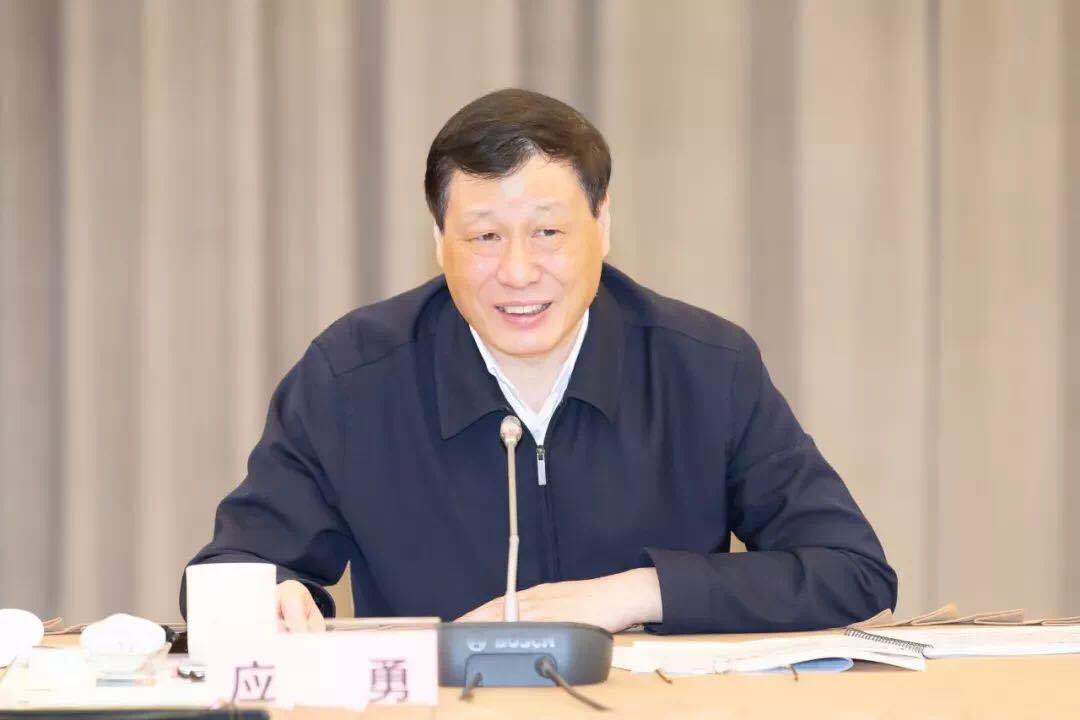Shanghai Zhangjiang Lab to keep up with international level

The management committee of Shanghai's Zhangjiang Lab meets on Feb 14. [Photo/WeChat account: zjpark]
The management committee of Shanghai's Zhangjiang Lab convened a meeting on Feb 14 to summarize the achievements and experience of the past year and work out a development plan for this year.
Zhangjiang Lab was a project jointly carried out by the Chinese Academy of Sciences (CAS) and the Shanghai government in September 2017. It is a comprehensive research base expected to become a driving force in Shanghai's campaign to become a global scientific innovation center.
In 2018, Zhangjiang Lab made a series of important advances. For example, the construction of photonic science facilities for hard X-rays, ultra-short and ultra-intense lasers, and synchrotron radiation is running smoothly, major research directions such as microelectronics and life science were set up, and a number of research institutions were established. In addition, a group of high-end talents joined the lab.
Bai Chunli, president of CAS, spoke highly of Zhangjiang Lab and pointed out that CAS will further support it in system and mechanism exploration and help it establish an effective national laboratory management system and recruit top scientists worldwide.
Shanghai Mayor Ying Yong said at the meeting that Zhangjiang Lab should focus on major projects and tasks in key areas such as integrated circuits, artificial intelligence and biomedicine, and try to become a national laboratory at an internationally advanced level.
By 2020, Zhangjiang Lab is expected to make a series of breakthroughs in the fields of photon science, life science and information technology. It will strive to become the world’s largest and most comprehensive cluster of photonic science facilities by 2030. A number of original achievements will emerge and solve some of China's strategic core technical problems.

Shanghai Mayor Ying Yong speaks at the meeting. [Photo/WeChat account: zjpark]


 China's public holidays for 2025
China's public holidays for 2025  Shanghai FTZ: Go all out to build China's first pilot zone for Silk Road E-commerce cooperation
Shanghai FTZ: Go all out to build China's first pilot zone for Silk Road E-commerce cooperation  Favorable policies boost 'China Travel' trend
Favorable policies boost 'China Travel' trend  play
play 